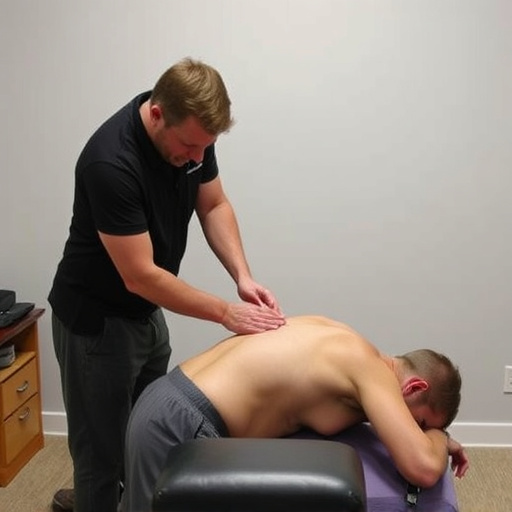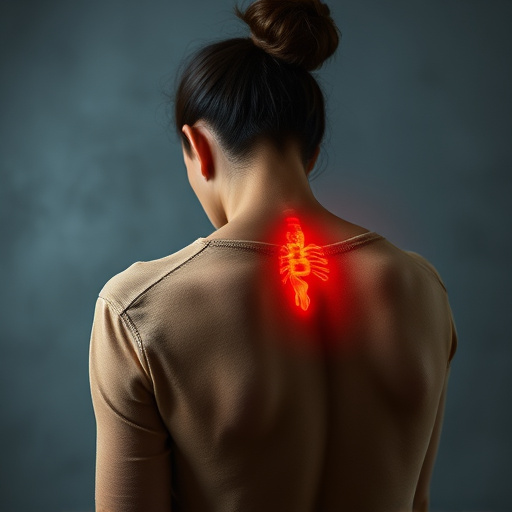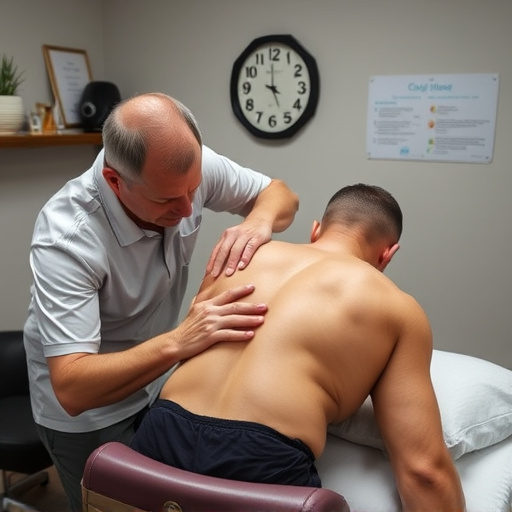Non-pharmacological remedies like physical therapy, massage, exercise, and occupational therapy are integral to occupational injury treatment, addressing root causes for effective pain management and improved function. These holistic approaches empower workers to regain strength, balance, and dexterity, enabling a sustainable return to work. Integrating these methods into care plans revolutionizes post-injury care, making it a valuable component of occupational injury treatment.
In the realm of occupational injury treatment, beyond medication lies a diverse array of effective options. This article explores non-pharmacological remedies tailored for work-related injuries, highlighting physical therapy as a cornerstone of holistic treatment. We delve into alternative approaches that expedite recovery and mitigate recurrence, offering a comprehensive guide to optimal care. Discover how these strategies revolutionize occupational injury management, empowering individuals to return to their professional lives with enhanced resilience.
- Exploring Non-Pharmacological Remedies for Occupational Injuries
- Physical Therapy: A Cornerstone of Holistic Treatment
- Alternative Approaches to Speed Recovery and Prevent Recurrence
Exploring Non-Pharmacological Remedies for Occupational Injuries
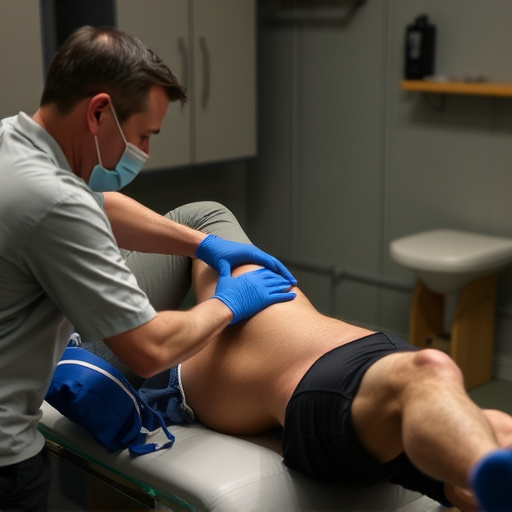
When it comes to treating occupational injuries, medication is often the first line of defence. However, exploring non-pharmacological remedies can be a game-changer for many workers. Techniques such as physical therapy, massage, and exercise regimens have proven effective in managing pain, enhancing muscle recovery, and improving overall function. These alternative methods focus on addressing the root causes of discomfort rather than simply masking symptoms, making them invaluable components of post-injury care.
Non-pharmacological treatments offer a holistic approach to occupational injury treatment, promoting natural healing processes while fostering independence. For instance, occupational therapy can tailor activities and exercises to help individuals regain dexterity, balance, and strength. Additionally, heat and cold therapies, along with specific stretching routines, can alleviate inflammation and stiffness, contributing to faster injury rehabilitation. By integrating these remedies into their care plans, healthcare providers can empower workers to manage their conditions effectively and return to their jobs with enhanced capabilities.
Physical Therapy: A Cornerstone of Holistic Treatment
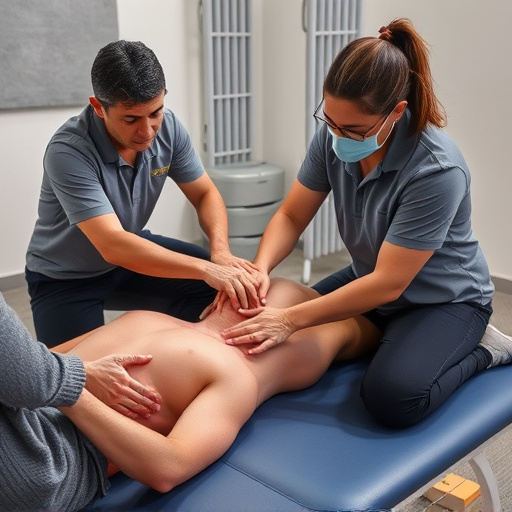
Physical therapy is a cornerstone of holistic occupational injury treatment, offering a range of non-invasive techniques to address various work-related injuries. This includes specialized exercises designed to strengthen muscles, improve flexibility, and enhance overall mobility, which are crucial for returning to work safely. Therapists may employ manual spinal adjustments, targeted stretching, and massage to alleviate pain, particularly in the lower back, where many occupational injuries tend to manifest.
Beyond these hands-on methods, physical therapy sessions often incorporate education on posture, ergonomic principles, and injury prevention strategies. This holistic approach not only helps patients manage their immediate pain but also equips them with the knowledge to avoid future occupational injuries, fostering a more sustainable return to their regular work routines.
Alternative Approaches to Speed Recovery and Prevent Recurrence
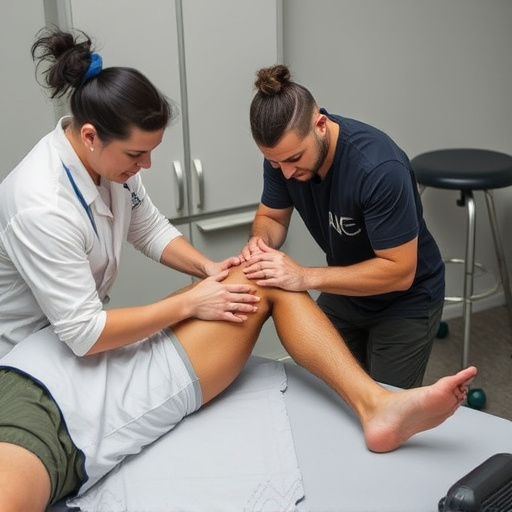
In addition to medication, there are several alternative approaches that can significantly speed up recovery from occupational injuries and prevent recurrence. Non-invasive treatments like physical therapy, chiropractic care, and acupuncture have proven effective in managing pain and restoring function. These methods often focus on hands-on manipulation, targeted exercises, and natural healing processes to reduce inflammation and alleviate symptoms associated with work-related injuries, such as neck pain.
Post accident rehabilitation plays a crucial role in enhancing recovery outcomes. It involves a comprehensive plan tailored to the specific needs of the injured worker. This can include specialized exercises, ergonomic adjustments at the workplace, and mental health support to cope with the stress and emotional toll of an occupational injury. By incorporating these alternative strategies, individuals can achieve faster recovery times, maintain mobility, and reduce the risk of long-term disabilities related to their work conditions.
In exploring effective occupational injury treatment options beyond medication, non-pharmacological remedies, physical therapy, and alternative approaches have proven invaluable. By integrating these diverse methods, individuals can experience faster recovery times and significantly reduce the risk of recurrence. This holistic approach not only addresses physical symptoms but also considers the psychological and social aspects of healing, offering a comprehensive solution for optimal long-term well-being.








